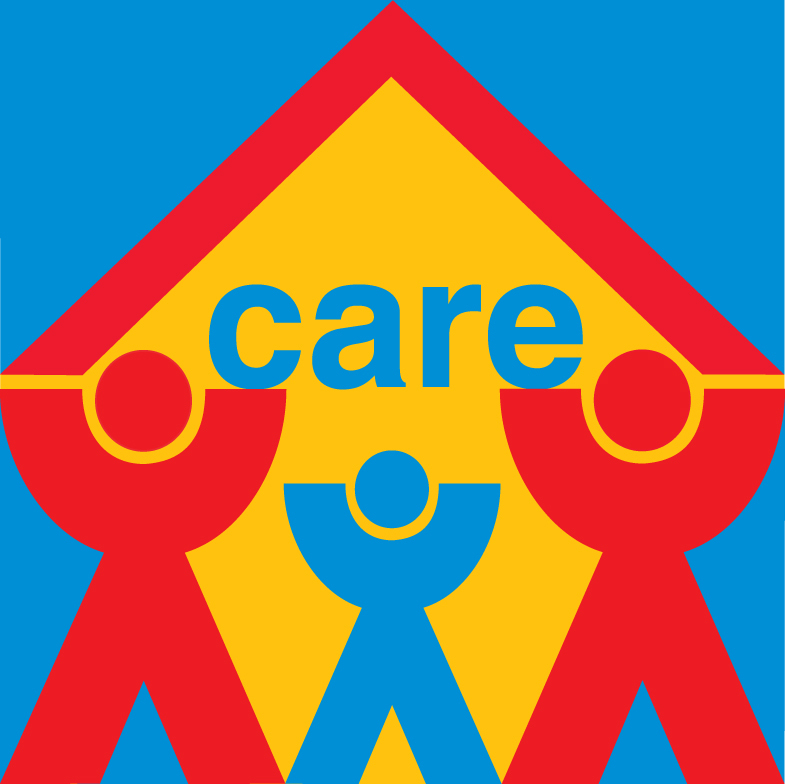 I may have mentioned on this blog before that my background is journalism. So even before coming to Ranch Ehrlo, I’d interviewed my fair share of folks, on a wide variety of topics – from human interest (which is always my favourite and lends itself so well to working here!) to court reporting to sports (my least favourite by far), I really have done a little bit of everything.
I may have mentioned on this blog before that my background is journalism. So even before coming to Ranch Ehrlo, I’d interviewed my fair share of folks, on a wide variety of topics – from human interest (which is always my favourite and lends itself so well to working here!) to court reporting to sports (my least favourite by far), I really have done a little bit of everything.
But in all my experience, probably 85 to 90 per cent of the interviews I’d done were with adults. I still talk to a lot of adults here, but I quickly learned that different techniques should be applied when you’re talking with kids. You see, adults are quick to fill the silence – all you really have to do if you want them to expand on something is just stay quiet for a smidgen longer than is comfortable. (You can also ask, “tell me a little more about that”, which tends to be my go-to because I don’t really like silence, either.)
But kids, on the other hand – they’ll tell you what they want to tell you (even if it’s just one word) then just look at you until you finally break down and ask another question. Silence doesn’t bother them, and “tell me a little more about that” is often met with shrugs. Since I can’t fill an article with one-word answers and shrugs, I’ve had to learn how to ask questions differently – sometimes more simply, or sometimes I’ll ask the same question two or three times, phrased slightly differently. (Sometimes they catch onto that, though – kids are smart.) Or sometimes I abandon an entire line of questioning and come at it from an entirely new angle – finding something that interests the youth is key to helping them open up.
I’ve also had to adjust the way I build rapport. With adults, I never really had to spend a long time getting them to trust me before I started asking them questions – they knew what I was there for, they’d agreed to the interview and were prepared to talk. Kids, on the other hand, will ask you questions first – who are you, what are you doing here, what do you want? To begin with, it was a bit startling to me to be on the other end of so many pointed, rapid-fire questions. I’ve adjusted though, and now I make sure I introduce myself fully and we often talk a little about something neutral first. (My lip ring is a frequent conversation starter, for example.)
Interviewing kids has been one of my biggest challenges – and also one of my greatest successes – in being in this role. Learning an entirely new style of interview and gaining the trust of many of our young clients is something that I really pride myself on. No matter where I may eventually end up, the lessons I’ve learned through talking with our youth will, I hope, make me a better conversationalist, interviewer, and journalist in the future.


